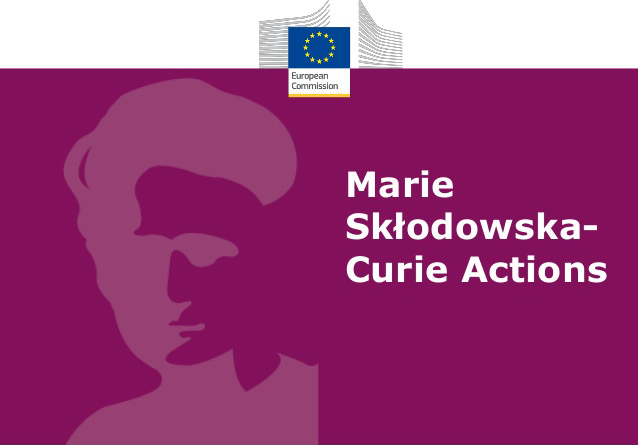Project details
Funding: MSCA Postdoctoral Fellowships 2022. HORIZON-MSCA-2022-PF-01
Project coordinator: IMDEA Materials
Project period: 01/09/2023 – 31/08/2025
IMDEA Materials' researchers
Supervisor: Dr. Carlos Daniel González Martínez
Fellow: Lucía Doyle
Abstract
A number of engineering applications require lightweight structural materials providing a good combination of stiffness, toughness and strength, including transportation, buildings and energy storage and conversion. Fibre reinforced polymers (FRP) in the form of monolithic and sandwich structures are nowadays mostly used in lightweight aerospace applications. However, FRP’s present an intrinsic sustainability hotspot, given the difficulty on their recycling. High performance thermoplastic cellular solids (HPTC) are excellent candidates for those applications requiring a compromise between mechanical and functional properties ensuring at the same time recyclability by using thermoplastic polymers.
The main intrinsic advantage of cellular solids is the ability to tailor their properties by tuning the microstructure (cell size, wall-thickness, and distribution). However, conventional foaming techniques such batch foaming, extrusion foaming, or foam injection moulding do not allow for precise control of the obtained cellular morphology, production of cell size gradient or the manufacturing of hierarchical macro/microporous structures. HipPEEK aims at developing a processing strategy towards the manufacturing of porous materials of small, controlled, and graded cell size and shape through additive manufacturing (AM) focusing on Poly(ether-ether-ketone) (PEEK).
PEEK is a high-performance engineering thermoplastic with high strength to weight ratio, reported as an excellent candidate for metal replacement in a variety of applications including space, aerospace automotive, medical and dental. Functionally graded porous PEEK will be accomplished by the combination of environmentally friendly physical foaming with inert gases with the production of three-dimensional scaffolds through resource efficient AM, which will allow the production of controlled multiscale hierarchical structures on the micro and meso scales, together with optimized topology at the macro scale.
Partners

Funded by


Funded by the European Union under Grant Agreement 101106955. Views and opinions expressed are however those of the author(s) only and do not necessarily reflect those of the European Union. Neither the European Union nor the granting authority can be held responsible for them.
